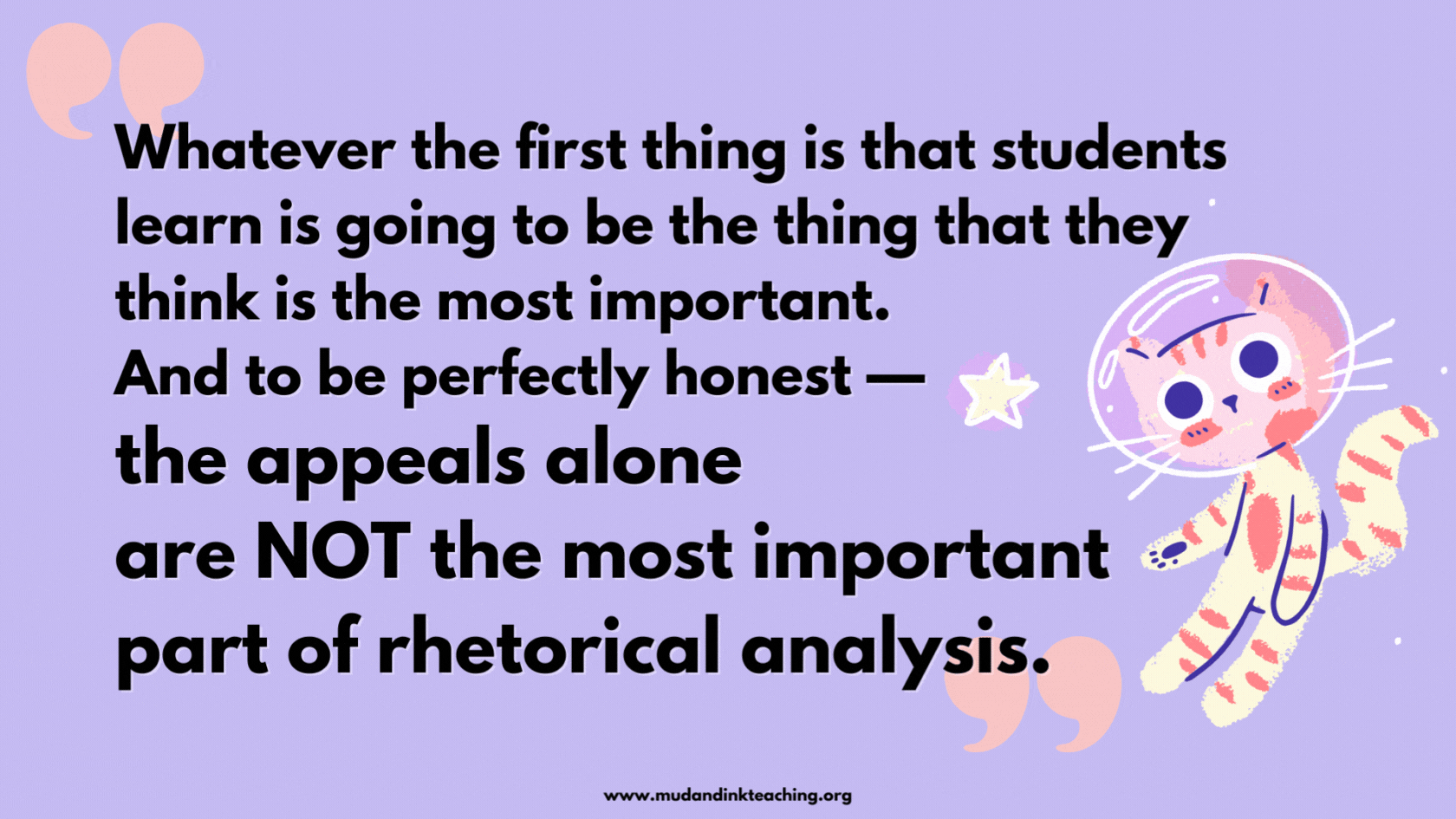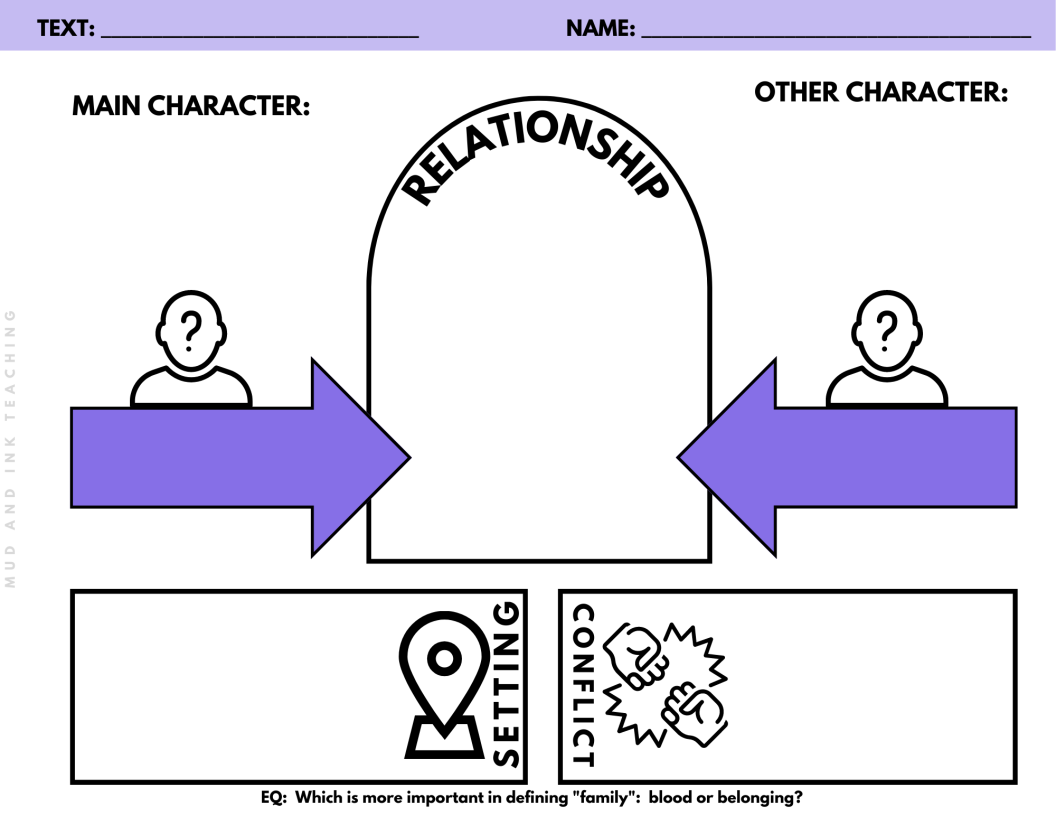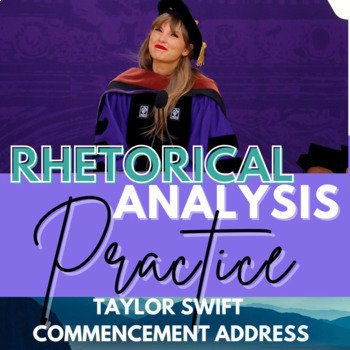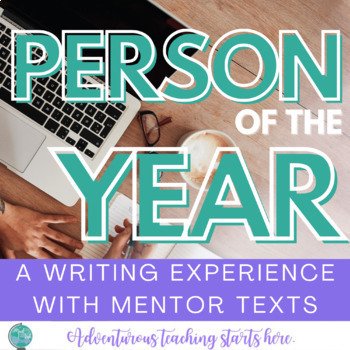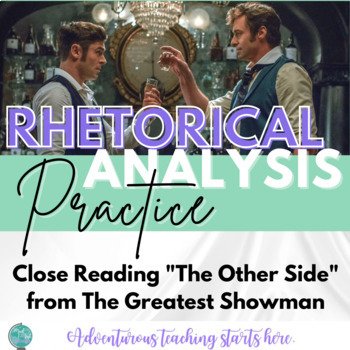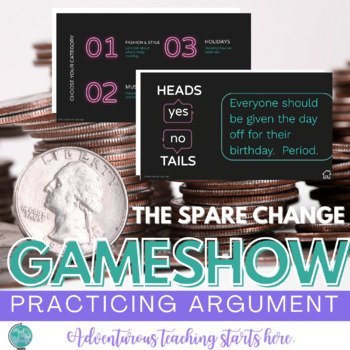20 Speeches and Text for Introducing SPACE CAT and Rhetorical Analysis
When it comes to introducing rhetorical analysis for the first time, choosing texts can feel like an intimidating task. But before you get bogged down with which text to pick, let’s talk through a few initial steps to help ensure your success.
TIP #1: Begin with a Framework
When I first was told to “teach rhetoric”, I had virtually no training or support. I resorted to what I knew from my undergrad: an overview powerpoint about ethos, pathos, and logos. This is exactly the path that I would actively AVOID if at all possible (I’ve written about that more here), and instead begin by introducing students to the framework that you’ll use in order to do the work of analysis. For me, I’ve found SPACE CAT to be my favorite ( BTW, I also do this with poetry using The Big 6).
TIP #2: SKIP ETHOS, PATHOS, LOGOS IN YOUR INTRO
Okay — hear me out. I’m not saying don’t teach ethos, pathos, or logos. I’m saying don’t use that as an INTRODUCTION to rhetoric.
Here’s why:
Whatever the first thing is that students learn is going to be the thing that they think is the most important. And to be perfectly honest — the appeals alone are NOT the most important part of rhetorical analysis.
So what to do instead? Introduce the RHETORICAL TRIANGLE.
The Rhetorical Triangle sets students up to see the ways in which an argument moves from one person to another. It centers students on their role as analysts and the need to be inside of the argument - not outside attacking it with a highlighter.
For two more in-depth discussions and lesson examples on the rhetorical triangle, start here:
“Be Our Guest” from Disney’s Beauty and the Beast
“Mother Knows Best” from Disney’s Tangled
TIP #3: TEACH ON REPEAT
If you’ve not started “template teaching” let me encourage you to make this the day that you start. As you browse through the list below, try to think of these texts as opportunities to teach and reteach the same skills over and over — not a daunting list of individual lesson plans.
Begin by introducing the rhetorical triangle and situation using either of the two lessons listed above. During those lessons, introduce students to the rhetorical triangle graphic organizer template and help them become well acquainted. This graphic organizer will be the TEMPLATE to print and repeat for every lesson hereafter.
Once students are ready to move to more challenging texts, start movin’. What’s the lesson? It’s all baked in to your graphic organizer template. Using just that one handout, students can do a huge variety of tasks all with varying levels of challenge and independence. Here are a few ideas:
In small groups, bullet point details about the speaker. SHUFFLE GROUPS, and in the new group, bullet point details about the audience, SHUFFLE GROUPS, and in the new group bullet point details about the context. Repeat as needed for each element of SPACE.
Read/watch the text together. Complete S - P - A together and assign C - E to work on in pairs
Put students in small groups. Designate areas/tables around your room as S, P, A, C, and E. Have students move through each station with their group and their handout to analyze the text.
Have students choose any text from a provided list and complete the graphic organizer independently for homework / individual work
This template allows you to flex the details of your lesson without having to prep brand new handouts for every single new text!
THE LIST YOU’VE BEEN WAITING FOR: THE BEST TEXTS FOR INTRODUCING SPACE CAT
This list comes both from personal experience and teacher recommendations. If you have experience or more ideas, please feel free to add them to the comments at the end of this post!
“The Other Side” from The Greatest Showman
Battle speeches from Queen Magra and Baba Voss from the Apple TV Series See
“Be Prepared” from Disney’s The Lion King
“I’ll Make a Man Out of You” from Disney’s Mulan
“Under the Sea” from Disney’s The Little Mermaid
“How to Mark a Book” by Mortimer Adler
“Farewell to Baseball” Lou Gherig
Challenger Speech from Ronald Reagan (and grab my close reading template for this speech here)
9/11 Address from George W. Bush
“Offensive Play” by Malcolm Gladwell
Back to School Commercials
What would you add to this list? I’d love to hear it in the comments below!
Happy teaching!
